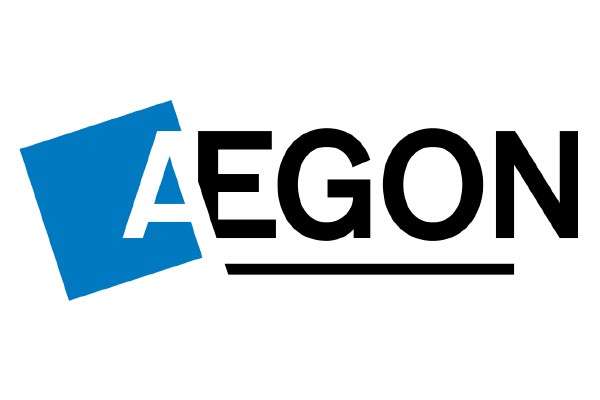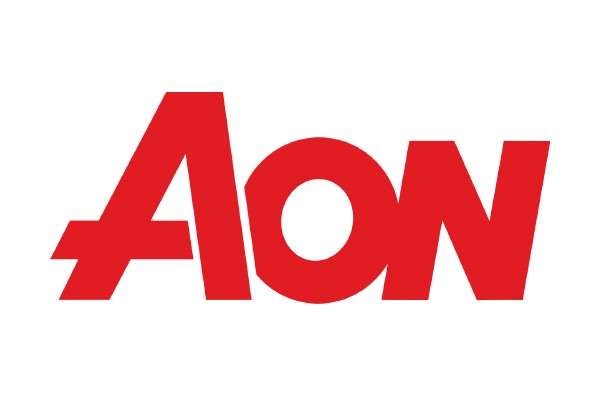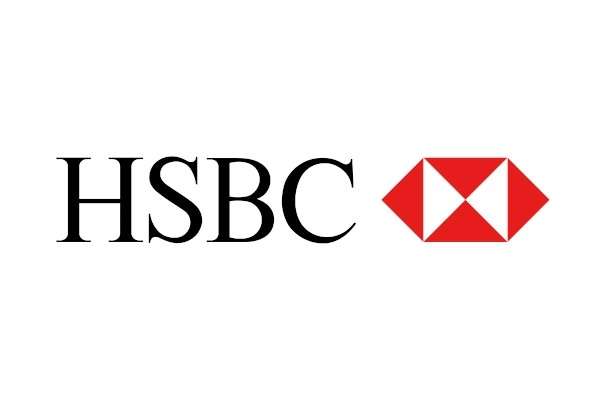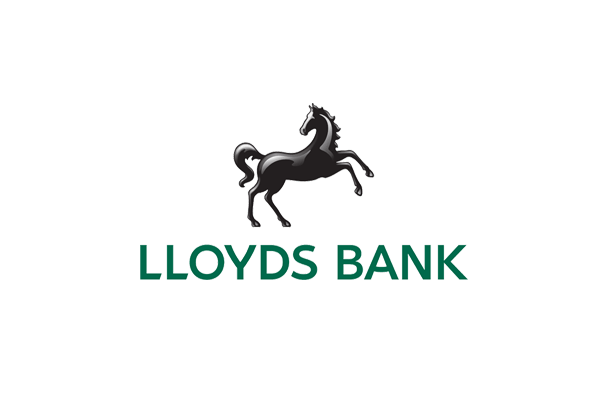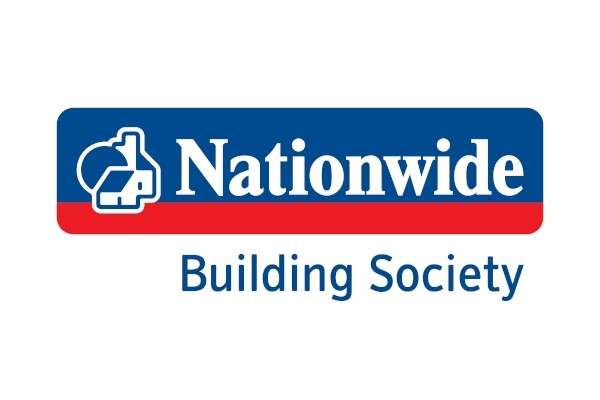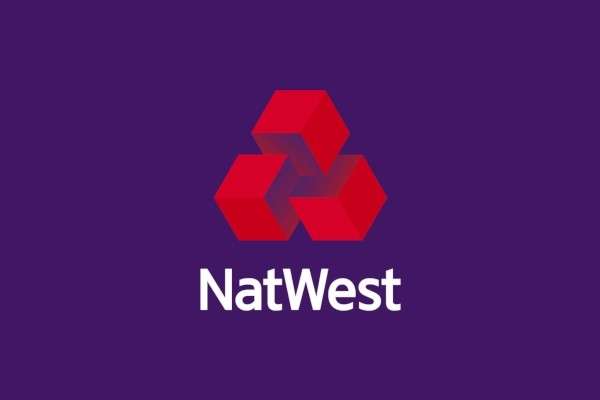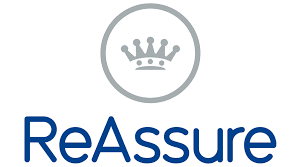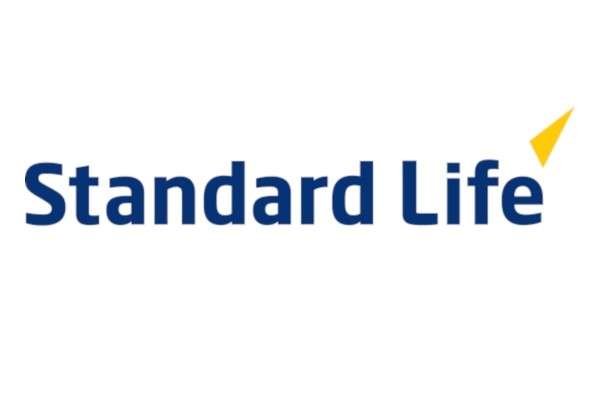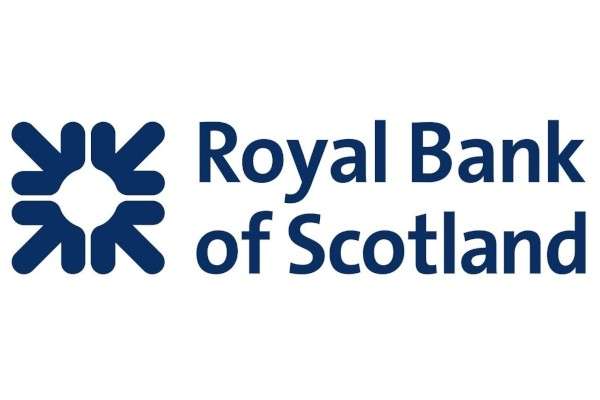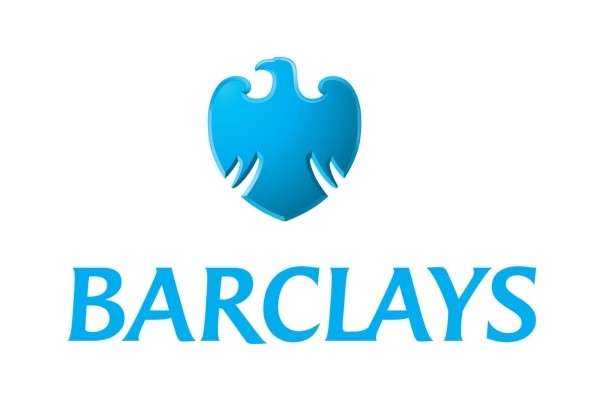
Workplace Pensions
Workplace Pensions
Pensions come into play once you retire and are the money you will live off when no longer working. The government provide most people with a state pension, and this should cover the costs of basic living. In the UK the state pension age is currently at 65. However, it is advised to save beyond the state pension to ensure you can afford a better standard of living. There are many different types of pension schemes available to you. However, the most common kind of scheme is a workplace pension.
Search for a Company to begin a Claim
Businesses will offer a workplace pension for their employees. If you are a part of one, you will make minimum contributions each month to your pension fund. Those contributions will be taken from your monthly income and paid directly into your pension.
If you are qualified for automatic enrolment into the pension scheme, then your employer must also make contributions. Two types of workplace pension schemes could apply to the business you work at. The first one being occupational pensions which are set up by your employer. Occupational pensions can be categorised into final salary schemes and money purchase schemes. There are many benefits to an occupational pension. Such advantages may include:
- Life insurance coverage which will pay your dependants if you pass away while still employed. Family members such as your marital partner will also receive a pension if you die.
- A pension that covers you in the case of early retirement due to ill health
A workplace personal pension also known as stakeholder pensions are another type your workplace could adopt. This pension type is similar to the ones you arrange yourself. The employer has a choice over which pension provider to use; however, you will have a direct contract with them. Therefore offering you greater control over what is paid into the fund.
Before you join a workplace pension it is essential to try and find out some of the following details to see if it’s the best option for you:
- are you eligible for auto-enrolment?
- what type of pension is it: occupational or personal
- how much money will you contribute towards the fund
- does the employer also make contributions to your fund and if so how much
- how will your contributions be invested
- how will you be able to check what money is in your fund
- is there the possibility of joining at a later date if you don’t join straight away or opt out
Overall, workplace pensions can be a great way of saving and planning for the future. However, there are rules in place that you should be aware of and things you need to know should you choose to opt out.
Workplace pension law
The law surrounding workplace pension requires all working environments to offer a pension scheme to employees. In 2008 the law surrounding workplace pensions presented significant changes for employees as it switched to an “opt-out” approach. This means that employees that meet certain criteria are automatically enrolled into a workplace pension.
Your employer should make you aware of the processes involved should you want to opt out of the pension. The law also means that your employer will need to make regular contributions into your fund. Although initially the laws mainly impacted larger organisations since early 2018 it is now expected from all employers.
For this law to apply to you as an employee, then you need to meet specific criteria. You need to be aged between 22 and the state pension age and earn over £10,000 a year. The minimum levels of contribution from employee and employer vary. For employees, the minimum contribution for a pension fund is 3% of your annual salary including a tax relief of 0.6%. The requirement for employers is a little lower. They are required to pay at least 3% which was an increase that came into effect in April 2019.
If however, you want to leave the scheme your workplace provides then you should be aware of the opt-out process.
Work Pension Opt Out
If you are a new starter within your job role and opt out within one month of being auto-enrolled, then your pension fund will no longer exist. Any money that may have been paid in throughout that month from your first, for instance, would be refunded to you.
However, it is important to note you will only receive the payments you made not those from the employer or government through tax relief. If the opt-out period came after a month, then you will not be refunded the money within your fund. Instead, the money will be held until you can claim pension benefits.
The opting out process couldn’t be more straightforward. You will need to obtain information about the pension provider associated with the company you work for. Once you have done that typically you can opt out online or will need to fill out an opt-out form.
The form should be returned to your employer who will take your request further. Typically if you choose to opt out this will last for around three years, so it is vital to ensure you are making the right decision.
Opting out will mean that you might miss out on valuable retirement benefits such as:
- employer contributions
- tax relief payments from the government
- benefits related to illness and early retirement
- benefits for dependants in the case of death
Before agreeing to the pension type on offer ensure you are aware of the benefits, pension rules and what is available to you. A pension scheme and plan for the future will massively improve your standard of living following retirement.

